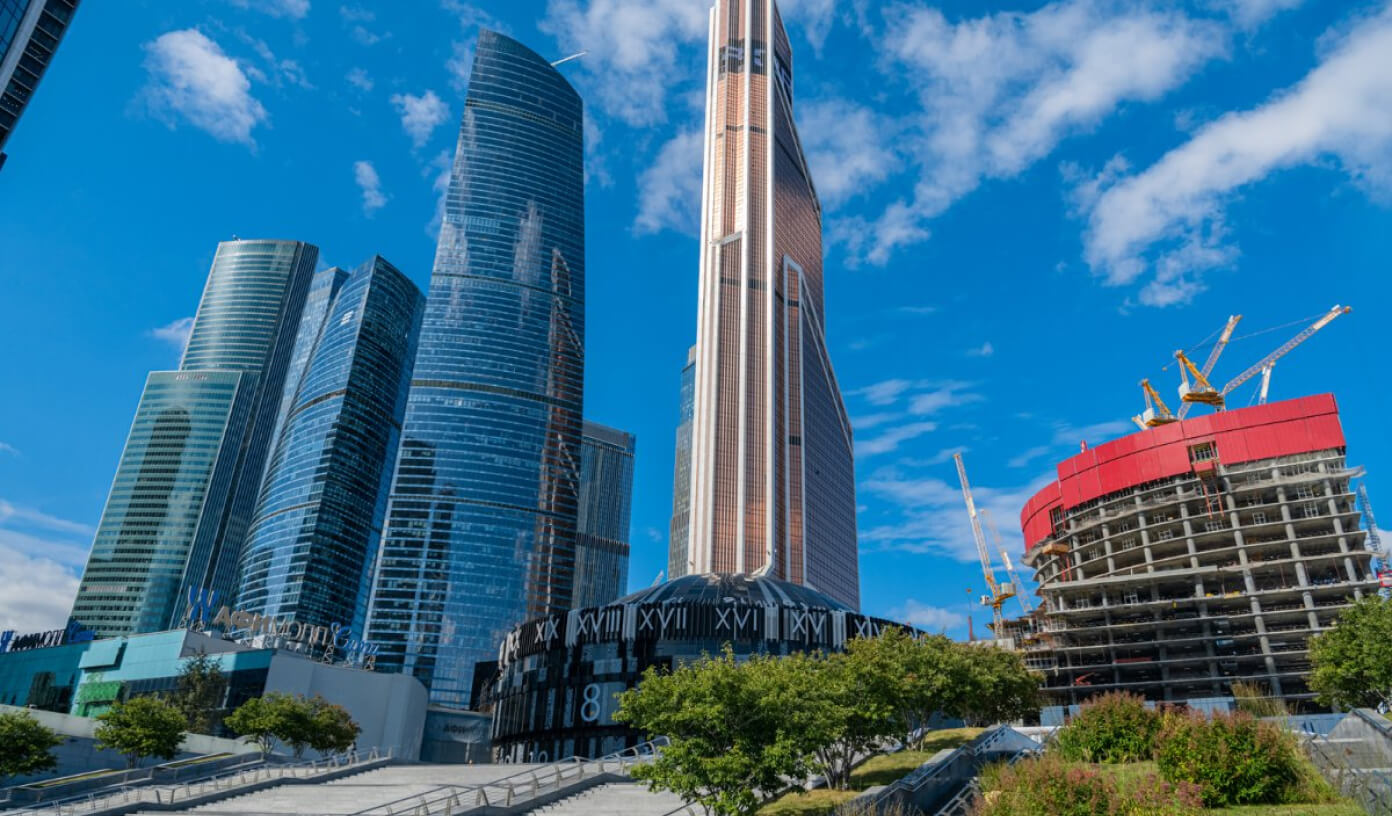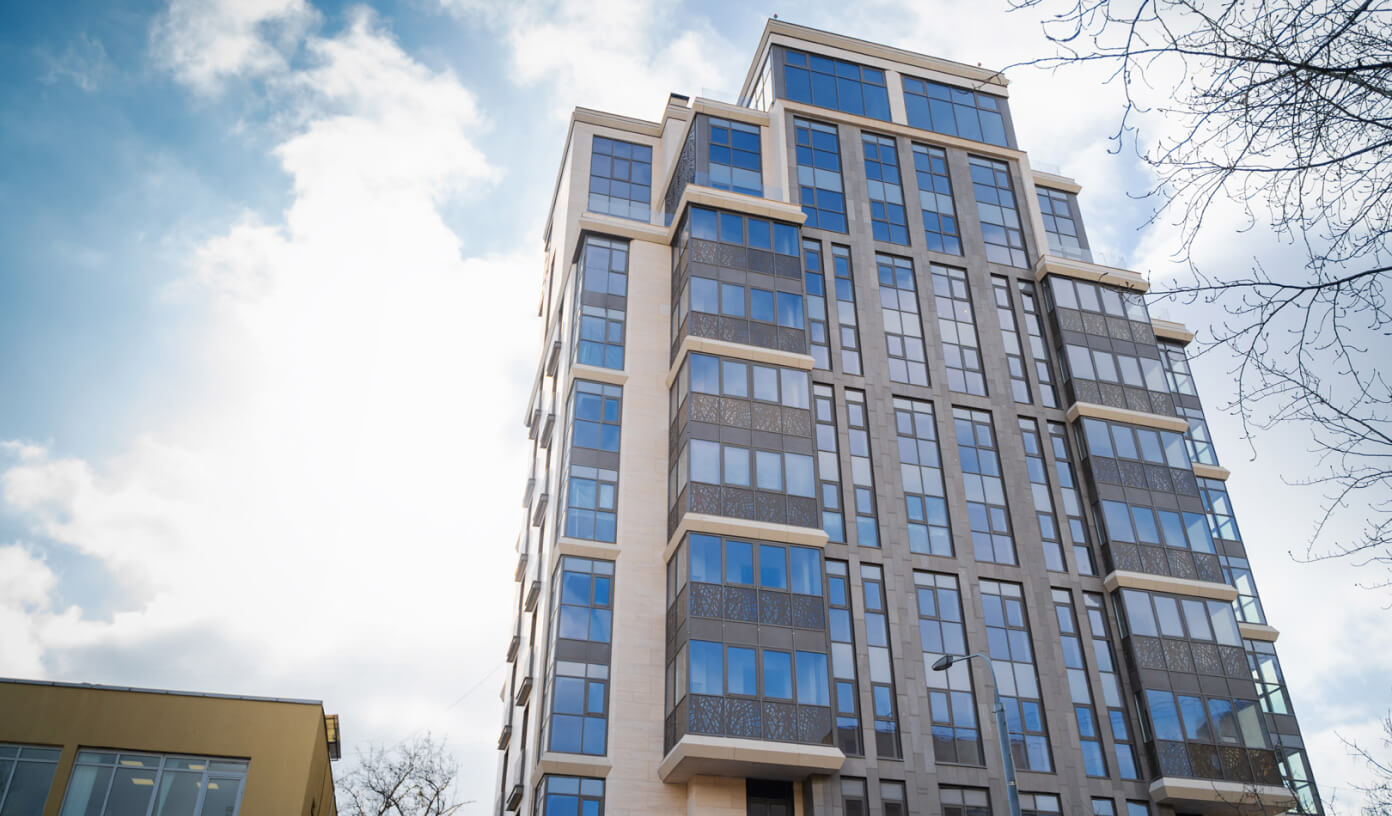According to the UN, the building sector is responsible for about 11% of emissions of carbon dioxide, the greenhouse gas that accelerates global warming. Green building — where the construction, materials and operation of buildings do not harm the environment — is helping to remedy this. It is believed that green standards require a large investment from the builder and do not pay for themselves later on. Let’s find out if this is really the case.
Green building certification
Alexei Polyakov, co-founder of the Green Building Council in the Russian Federation, explained that some developers refer to property as “green” if there is a park, lake or forest nearby. But this is just a marketing ploy. The only way to prove that a property meets environmental standards is to get it certified and documented.
There are three international standards for assessing green buildings in Russia:
- LEED (US) is the world’s best-known eco-certification system, which stands for Leadership in Energy and Environmental Design. As of April 2022, 243 facilities in Russia (including Moscow City and L’Oreal’s plant) have confirmed compliance with this standard. Of these, 137 are in Moscow, 41 are in the Moscow region, and 39 are in St Petersburg.
- BREEAM (UK) — gives more space for creativity in construction and flexibility in meeting environmental requirements than LEED. Therefore, buildings erected under this standard may differ significantly from each other. There are 186 properties certified under BREEAM in Russia (including BC Belaya Ploshchad, Planeta Shopping and Entertainment Centre). Of these, 110 are in Moscow, 18 in the Moscow region, and 11 in St. Petersburg.
- WELL (USA) — used both independently and in conjunction with LEED and BREEAM standards. WELL certification is available for builders who have created the right conditions to support the health and well-being of future occupants. For example, houses should have taps with drinking water, lamps with adjustable light temperatures, and air conditioners with an air filtration system. The first Russian residential complex built to this standard is Sydney City in Moscow. A total of 32 properties qualify for the WELL certificate, 12 of which are in Moscow and one in St. Petersburg.
There is also a domestic “green” standard — GREEN ZOOM. It was created in 2014 based on the Western model, but taking into account the realities of our country. So, total of 87 properties received the GREEN ZOOM certificate.
Vera Burtseva, director of the Sustainable Building Research Institute (SBRI), explained that the current standards do not apply to private homes, so developers do not need to obtain certificates for them. But the priorities remain the same: environmentally friendly materials, efficient use of resources and a modern waste management system.
Leaders in green building
According to a study by consulting company Knight Frank, the largest number of buildings built according to green standards is located in Abu Dhabi, the capital of the United Arab Emirates. There are about 22.4 thousand green real estate properties there. In total, there are more than 120,000 such buildings in the world.
In Russia, Moscow has become a leader of advanced construction technologies. It is also about building houses under the large-scale renovation programme. Over five years of its implementation, the authorities managed to build 2.6 million square metres of housing and move 65,000 people into modern flats. The renovation of each five-storey building reduced electricity consumption by 245,000 kilowatt-hours and prevented the emission of 48 kilograms of greenhouse gases.
 Photo from: Press Service of the Moscow Mayor and Moscow Government
Photo from: Press Service of the Moscow Mayor and Moscow Government
Sustainable building technologies
The following technologies are often used in Russian real estate built to green standards:
- Reflective faсade surfaces and panoramic windows that improve well-being through natural light and reduce energy consumption;
- LED lights, intelligent lighting control;
- Infra-red sensors and aerators on faucets, as well as a dual flush system for flushing the toilet bowl (full or half tank) help avoid water overspending;
- systems that clean the air and water. Sometimes the exhaust air is used to heat rooms;
- containers for separate waste collection, including batteries and accumulators;
- the use of alternative energy sources such as solar panels;
- waste water filtration, oil and grease traps that prevent oil and grease from entering the sewer system.
Grigory Zvenigorodsky, director of the construction department of the Sminex development company, said that with the onset of the pandemic, buyers have also started to become interested in flats with anti-vaporisation air-cooling. These devices are energy efficient, maintain a comfortable microclimate and kill around 90% of harmful microorganisms. For example, such a system is installed in the Danilov Dom housing complex.
 Photo from: Danilov House residential complex
Photo from: Danilov House residential complex
How much does a “green” house cost
Antoine Peyroude, CEO of the Saint-Gobain-based construction company, one of the world’s top 100 sustainable corporations, noted that the high cost of building energy-efficient buildings is just a myth. In reality, the difference does not exceed 5-7%. In addition, the extra costs are quickly recouped by the savings in resources: energy consumption during building operation is reduced by 25% and water consumption by 30%.
Residents, in turn, save on utility bills. And a healthy environment also reduces the risk of developing many illnesses that require treatment costs. With this in mind, the cost of eco-housing, which is on average 10-30% higher than the market price, is not deterring buyers.
The demand for eco-housing is not just related to the financial aspect. Kirill Kholopik, chief of staff of the National Association of Housing Developers, made a note that the time when buyers were only interested in the location of the flat and its price has passed. The number of people who consciously want to reduce their ecological footprint is growing every year, and the small amount of green real estate on the market is not a sign of a low demand. Buyers who are interested in reducing their ecological footprint are now buying a country house or renovating their existing home — for example, by buying energy-saving appliances, installing light sensors, an air purification system, and so on. Few people know that there are ready-made solutions, but that will change when green building becomes mainstream in Russia.
As the eco-home niche is still in its formative stages, green technologies in construction are associated by Russians with elite real estate, emphasising the well-being and high social status of its owners. Indeed, this segment manages to employ the most innovative solutions, such as the “smart” windows in the Moscow International Business Centre Moscow City, which reduce heat loss in winter and prevent the room from overheating in summer. According to Anna Rajabova, director of luxury property management at Metrium Premium, about six out of 10 buyers of premium housing pay attention to the composition of materials and engineering solutions that reduce the environmental impact of buildings.
Another good news: VTB offers buyers of houses with a high energy efficiency class a mortgage at a reduced rate of 1.6% below the base rate. In the future, the bank plans to extend preferential loans to people willing to build a private home with sustainability in mind.
Author: Vera Zhikhareva
Cover photo: imamember / iStock








Comments